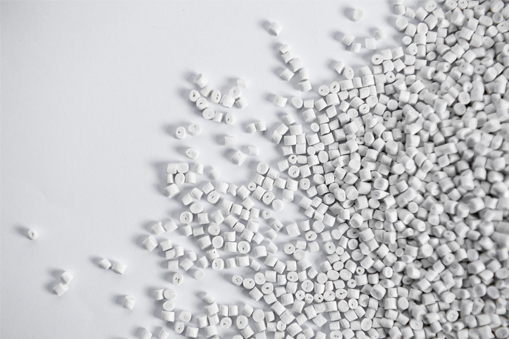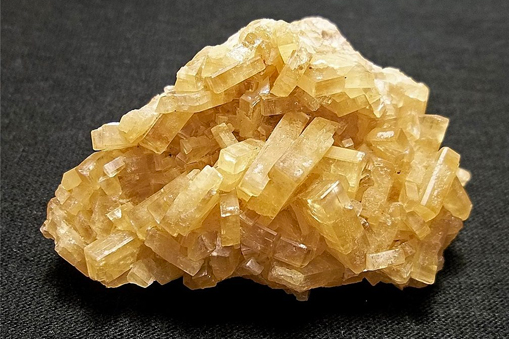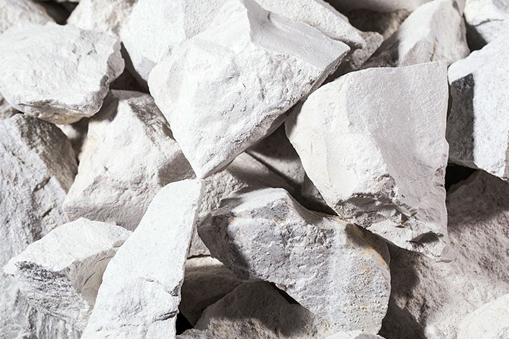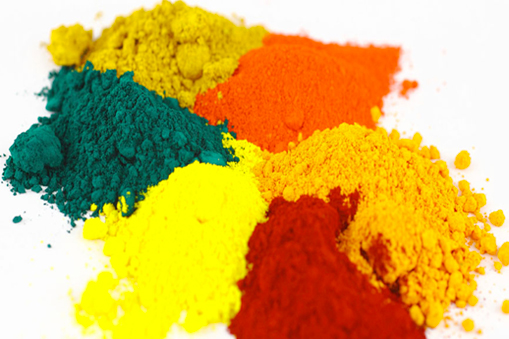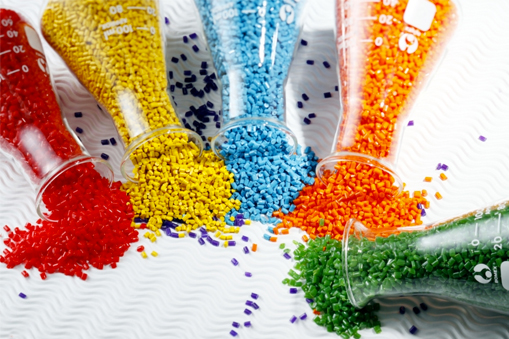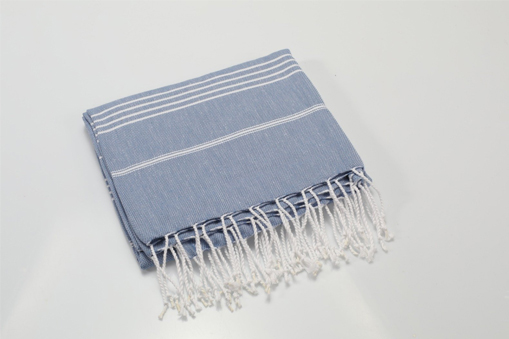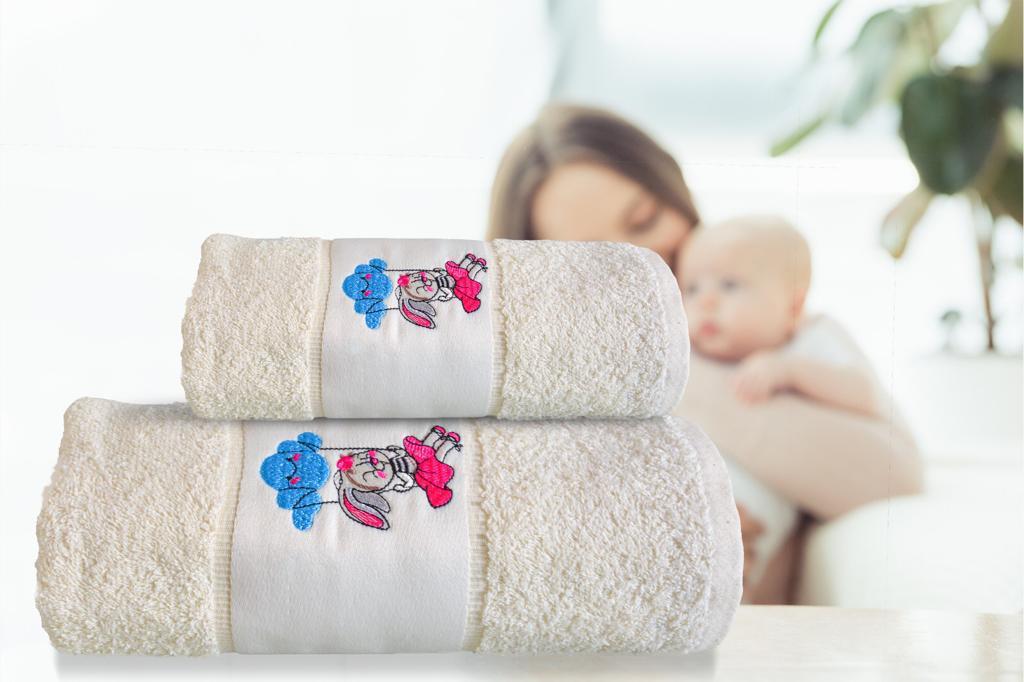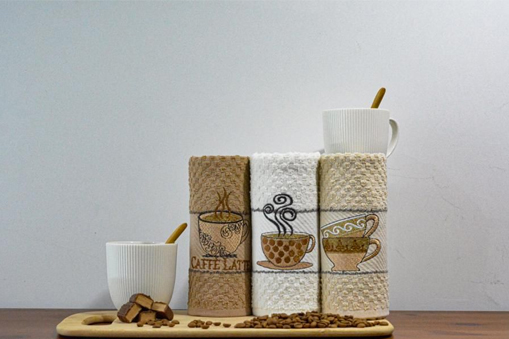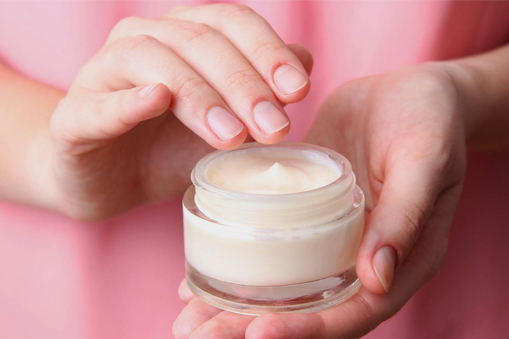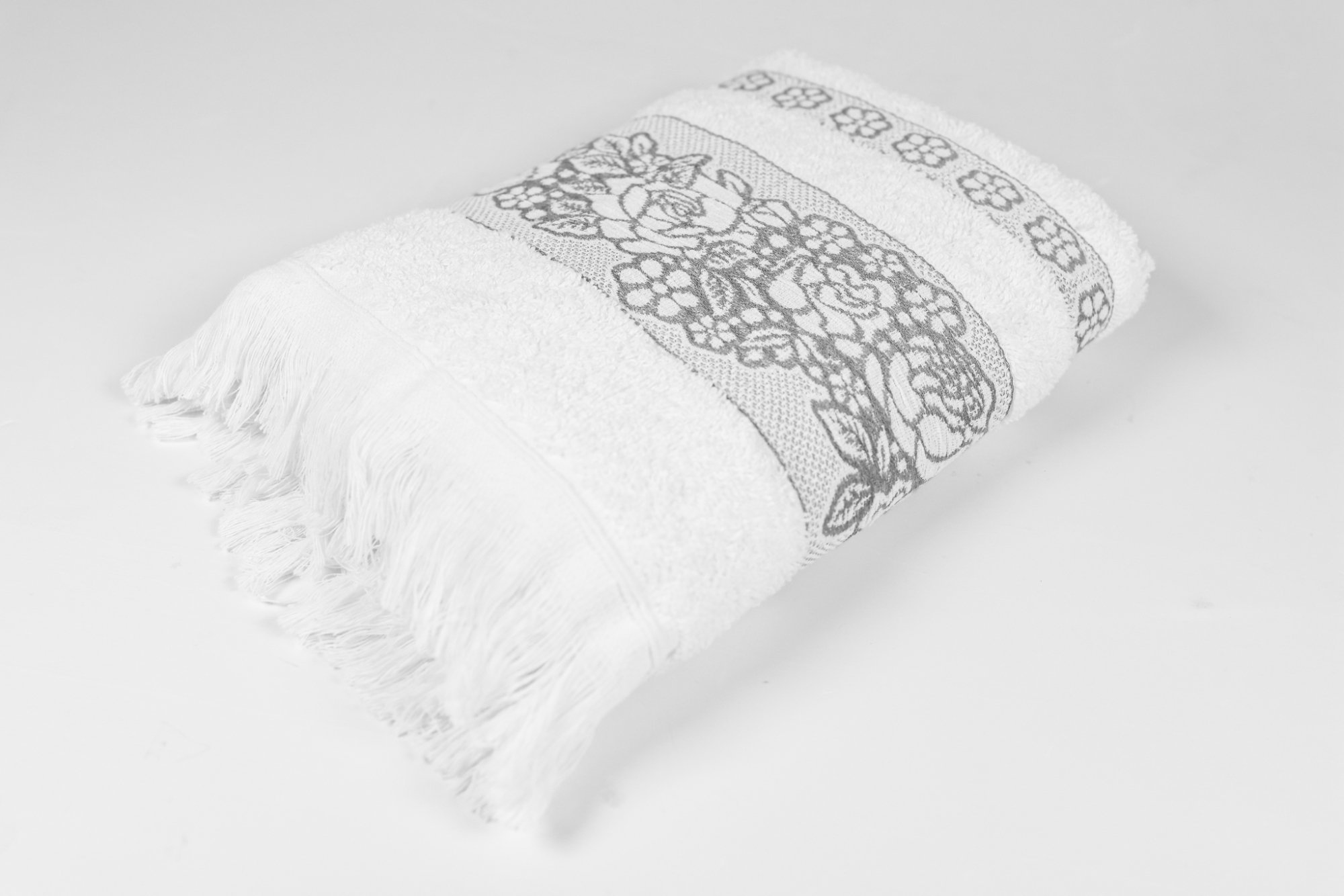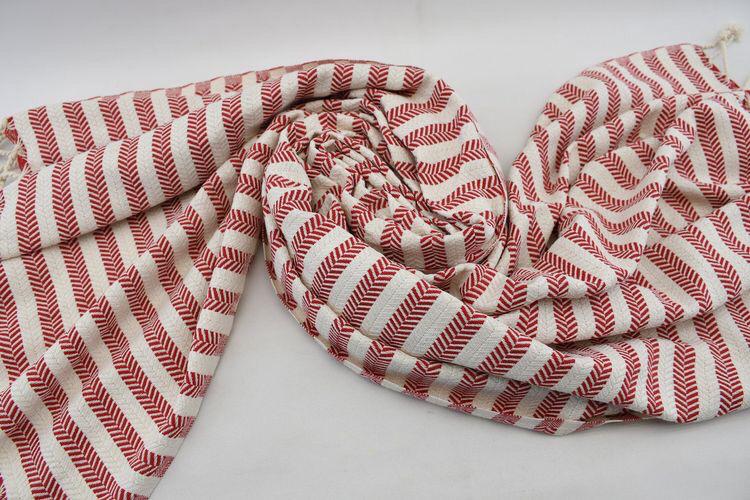Polyethylene is a white, semi-permeable, and highly durable polymer. There are various types of polyethylene in the market based on their densities, including low-density polyethylene (LDPE), linear low-density polyethylene (LLDPE), and high-density polyethylene (HDPE). As the density increases, the hardness and strength also increase, and the softening temperature rises. One of the most significant characteristics of polyethylene is its resistance to chemicals. Polyethylene allows for the economical packaging of food with a long shelf life, chemicals that need to be safely transported and distributed, clean water pipes, and products that need to be protected from scratches.
HDPE (HIGH-DENSITY POLYETHYLENE)
Uses:
Lids, Cases, Plastic Pallets, Toys Containers, Bottles, Jars T-Shirt Bags, Crinkly Bags, Carrier Bags Pressurized Clean Water, Corrugated Sewer, Natural Gas, Telecommunications Cable Protection and Sprinkler Pipes Mesh Bags
LDPE (LOW-DENSITY POLYETHYLENE)
Uses:
Shrink Wrap, Greenhouse Film Nylon Bags, Carrier Bags, Packaging Films Napkin Bag Surface Coating Drip Pipe Lamination Kitchenware, Lid Masterbatch (Concentrated Color)
Filler Masterbatch Filler masterbatch manufacturing (CaCO3 (Calcite)) is primarily a masterbatch term meaning master mix.
Color Masterbatch Masterbatch (MB) is a solid plastic additive used to color plastics (color masterbatch) or to give plastics other properties.
Stabilizers At its most basic, a stabilizer is any substance used to maintain and prevent deterioration of the physical and chemical properties of a material. Chemically, these stabilizers work by inhibiting chemical reactions.

